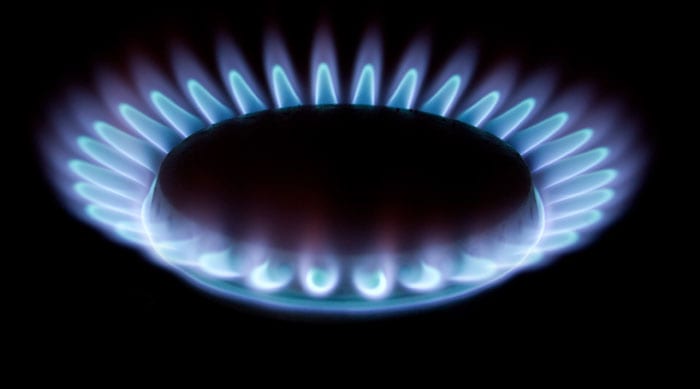NGN welcomes NIC decarbonisation study findings
Northern Gas Networks has welcomed the findings of a decarbonisation study published by the National Infrastructure Commission.
30th May 2018 by Networks

Repurposing the gas grid to safely carry low-carbon hydrogen at scale is the lowest cost solution for decarbonising heat, according to the research.
The study estimates that converting the gas distribution network to 100% hydrogen would cost around £100 billion less than electrifying the heating system with heat pumps.
Building on the work of its pioneering 2016 H21 Leeds City Gate feasibility study, Northern Gas Networks is currently leading a £10.3 million collaborative innovation project in partnership with the UK gas distribution networks to deliver critical safety evidence around a 100% hydrogen gas network.
This is being timed to coincide with the Government’s own £25m hydrogen programme investigating hydrogen for use in homes.
The Commission’s study also concludes that a joined-up approach to the decarbonisation of our energy infrastructure could save £55bn by 2050, as much as £2,000 for each household in Great Britain.
The NIC commissioned Element Energy & E4 Tech to carry out the study, and investigate the cost of decarbonising the UK’s heat infrastructure, including space-heating and hot water.
The final report has found that an integrated approach to decarbonising UK energy infrastructure could deliver significant savings.
The NIC report comes as the Government continues to develop decarbonisation policies for heat and transport necessary for the UK to meet its legally binding carbon emissions targets under the Fourth and Fifth Carbon Budgets.
David Smith, CEO of the Energy Networks Association, said: “Britain’s energy network operators are committed to creating an efficient, smarter, cleaner energy system fit for our homes and businesses. Decarbonising heat is one of the greatest challenges facing our energy system, and ENA welcomes the independent National Infrastructure Commission’s contribution to the evidence base on future options. Our power, heat, transport and waste sectors are all interdependent, and so must be the solutions for their decarbonisation.
“The NIC figures suggest that a whole-system approach to decarbonisation, which involves planning how to use our energy network infrastructure in a more integrated way by using low carbon gases like hydrogen, could save £55bn to 2050 compared to an electricity only solution.”
Comments
Login on register to comment
Related content

Gas
Cadent backs launch of major bio-CNG HGV refuelling station
Gas network’s £250,000 infrastructure investment ensures supplies to existing connected customers have not been impacted

Gas
Editor’s blog: The biggest tests of resilience are yet to come
Network content director Jane Gray reflects on the industry's coronavirus response to date and the challenges still to come.

Gas
From the front line: Chris Garside and Andy Simcoe, Northern Gas Networks
Key workers across the power and gas networks are playing a critical role in the national response to Coronavirus. Network has committed to profiling their stories.
Related supplier content

Power
Load patterns and lockdown: how Covid-19 is impacting electricity networks
Insights into dynamics on the low voltage network as the outbreak unfolds

Downloads
Protect electrical equipment from insulation failure
Insulation faults are a major cause leading to the eventual failure of electrical equipment. Partial discharge (PD) is a very reliable indicator of developing insulation faults. Regular PD testing allows users to detect and analyze PD activity

Heat
How E.ON. is helping the City of London become a zero emissions city
Discover Citigen. Deep in the heart of our bustling capital